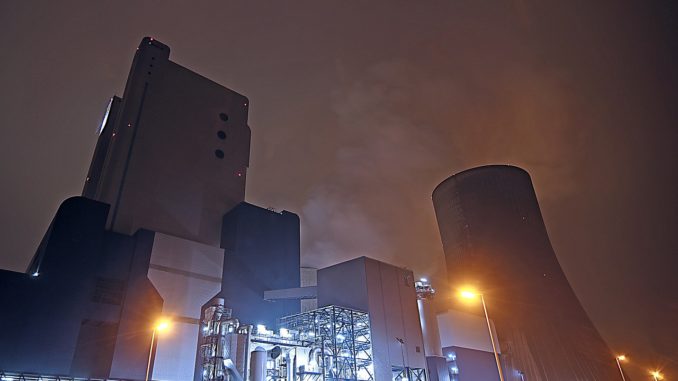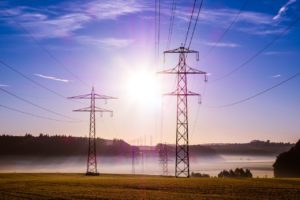
We all know what electricity is, right? Well, in an abstract sense, we all know that it is a form of energy that powers certain appliances and devices. But do we understand how it comes to power these devices? To understand that, we have to be familiar with how is electricity made and how it is delivered to our homes and offices. This article will explain the steps in that process.
How is Electricity Made and Delivered
 So, to begin, let’s look at how electricity works. Electricity is generated at a power plant inside a generator. It is created by magnets spinning around in a bunch of wires. When the magnets spin, they cause the electrons to move and this creates electricity.
So, to begin, let’s look at how electricity works. Electricity is generated at a power plant inside a generator. It is created by magnets spinning around in a bunch of wires. When the magnets spin, they cause the electrons to move and this creates electricity.
The power that is created is measured in volts. The amount of voltage that is needed can range from 120V to 4000,000V, or more, depending on what the power is being used for. Transformers are used to control the amount of voltage being used.
Once electricity is created in a power plant, it is transported to homes and businesses on a power line. These form a grid and almost everyone in the country is attached to the same grid. There are many power plants that supply power to these grids so that is one plant goes down, there are other plants available to make up for the loss.
Power lines deliver electricity to homes and offices through one central location and the energy is then disbursed throughout the building. This central location is either a fuse or breaker box.
The Involvement of Utility Companies
Of course, this method of generating electricity is not free. We pay an electric utility company for this service. Electric companies work as monopolies for the most part. With the monopolistic method of providing electricity, one company would provide electricity to a certain area. Because of the lack of competition, this company could charge customers whatever they want. Luckily, the government is aware of these potential dangers and enforces control over what companies can charge.
 However, more recently, a new way of providing electricity to customers has become prevalent. This is a deregulated business model where several companies can sell electricity. One company owns the power plant while another company oversees selling it. This allows small companies, big companies and individuals to sell electricity and profit from it and customers can take advantage of competitive rates.
However, more recently, a new way of providing electricity to customers has become prevalent. This is a deregulated business model where several companies can sell electricity. One company owns the power plant while another company oversees selling it. This allows small companies, big companies and individuals to sell electricity and profit from it and customers can take advantage of competitive rates.
There are advantages and disadvantages to both models. Though the competition of the deregulated model can lower the cost of electricity, governments can also lower rates in the monopolistic models, sometimes even to the point where they can be lower than the competitive rates. On the other hand, companies who are competing for your business may throw in perks and better service with their products to make customers choose their company over their competitors.
So, there are big changes in the electric game as far as how electricity is being sold. There are also alternative methods that rely on natural resources by using older technology to turn magnets in the generators. These include wind power and hydroelectric power plants that rely on the power of moving water to generate electricity. However, these alternate methods have expensive startup costs and have not been adopted in mainstream electricity methods. In any case, regardless of how the energy is created or sold, the method explained here provides a clear description of how electricity is delivered into homes and businesses today.
US Electrical Services, Inc. hopes we have thoroughly helped you understand how is electricity made.

